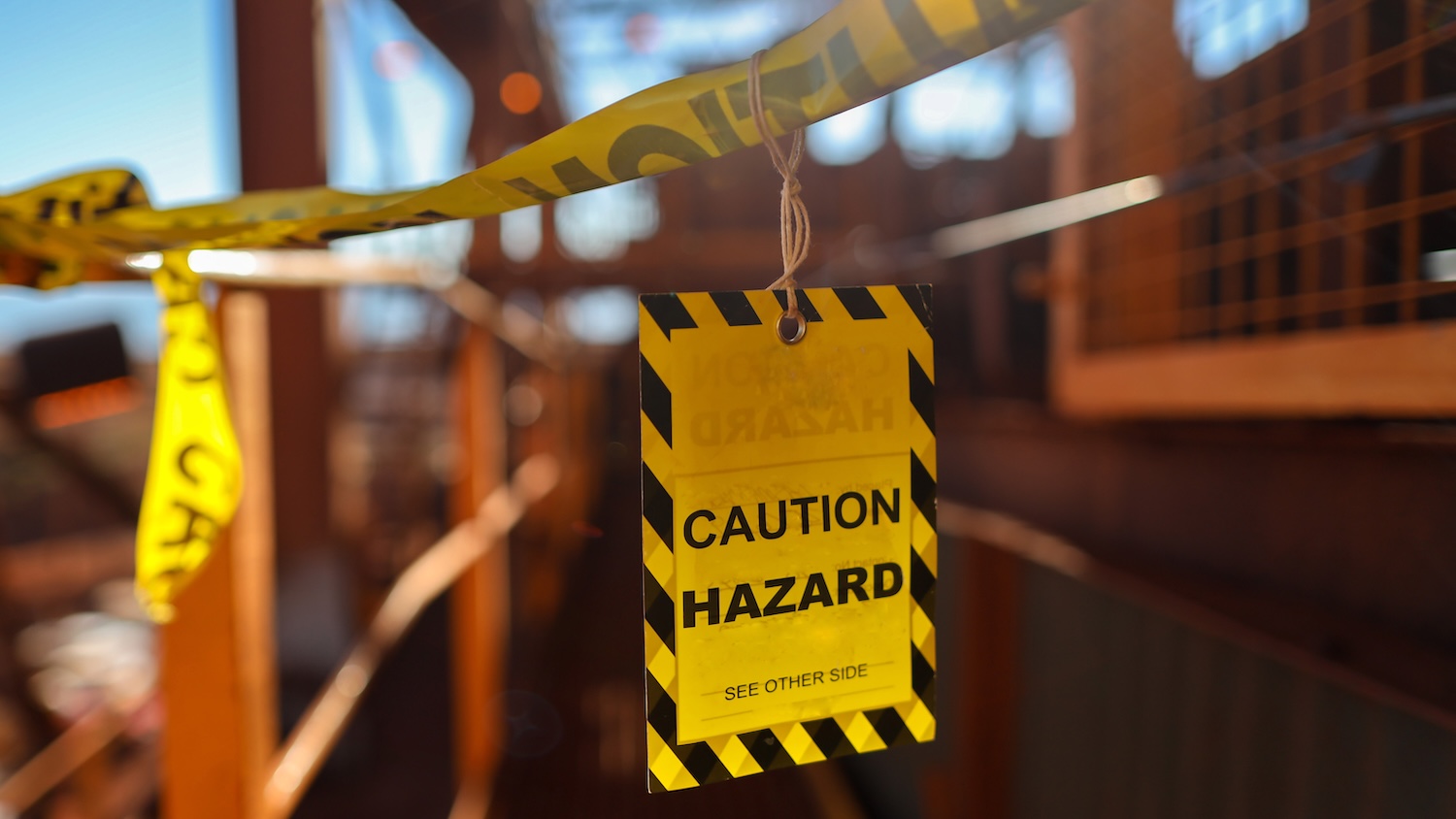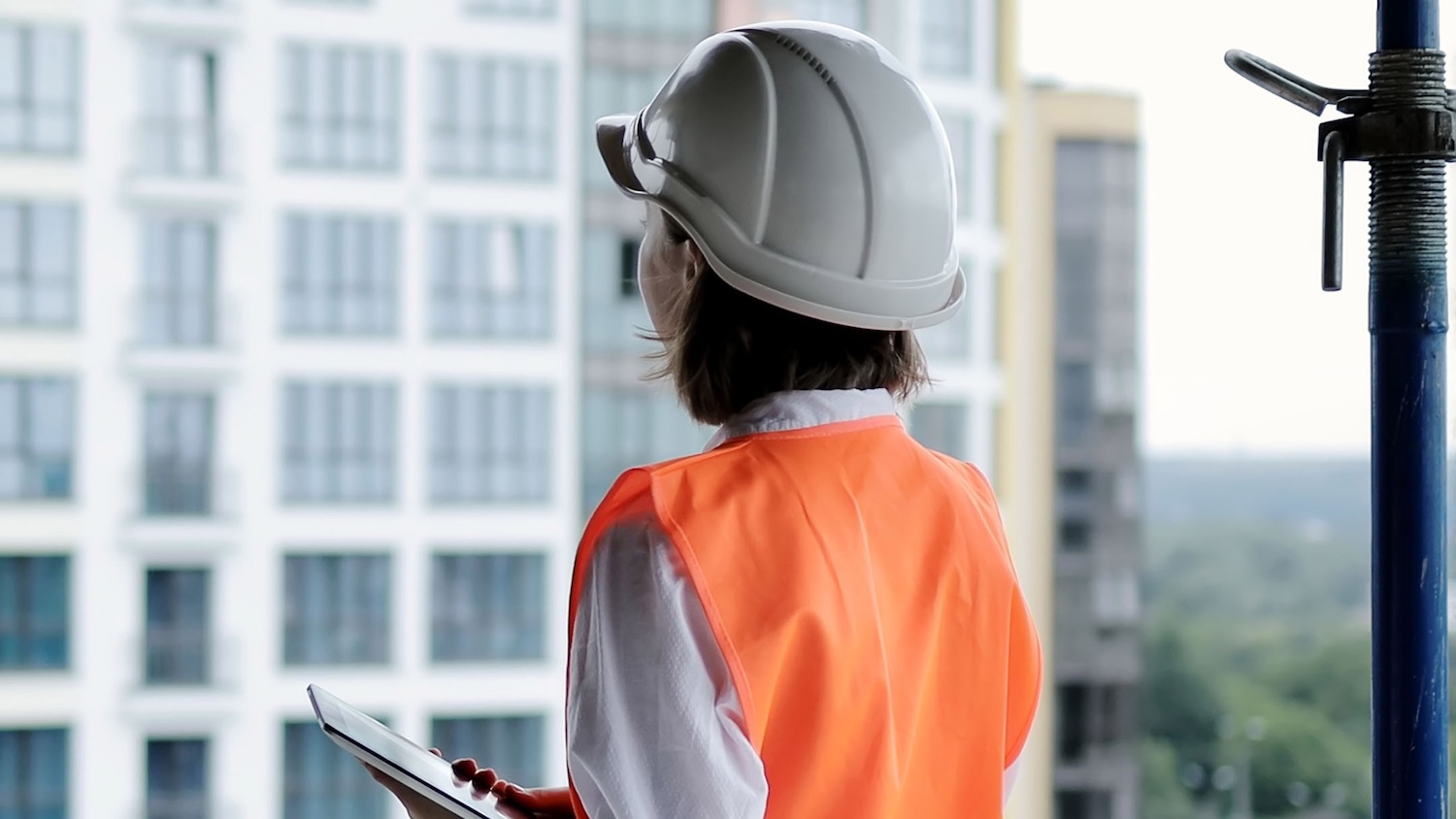
Can a site quantity surveyor work from home?
Remote working has become increasingly common post-pandemic. But can quantity surveyors effectively oversee what is happening on site if they are working from home?
Jeff, a contractor’s executive, told me the other day that all their site quantity surveyors and design managers were working from home.
“How? Surely, they can’t?!” I asked, bemused.
“Don’t go there, Dave. It’s a three-day debate to get anyone to come to site these days,” he sighed.
This exchange got me wondering if a site quantity surveyor really could work from home. Well, I guess they can, because they are. But are they working effectively?
In my opinion, they aren’t, because they need to be across the project and the detail of what’s happening on site.
Site quantity surveyors must be on top of the detail
With many of the contractors I have worked with, there seems to be an “us and them” divide between the operations folk and the quantity surveyors.
Operations people are notoriously bad at record-keeping, so it’s not as if the home-working quantity surveyors can rely on the modern equivalent of tablets of stone. It seems to me that things will get missed and the cost and value of change will be lost.
The relationship between the site project manager and the site quantity surveyor is key.
Operations people are notoriously bad at record-keeping, so it’s not as if the home-working quantity surveyors can rely on the modern equivalent of tablets of stone. It seems to me that things will get missed and the cost and value of change will be lost
I remember when I was a project manager, my most successful jobs were when this relationship was tight.
I was in the quantity surveyor’s office for half the time and he was in mine for the other half – talking strategy, tactics and detail – sometimes agreeing, mostly not, though we were talking all the time.
You see, on site you must be on top of the detail and I am not sure that is possible when you are working from home.
Here’s an example based on real events.
You have to be there to see it for yourself
Against my better judgement, we procured the cheapest brickwork subcontractor for a project.
I was persuaded by “he is £40k cheaper, so we can ‘manage’ him for that”, which meant we had to increase our level of supervision to ensure his operational and commercial performance. Here’s what happened…
Within two weeks of them starting on site, we were flooded with “paperwork” from their site manager: notices of delay, confirmation of verbal instructions, requests for information, daywork records and the like.
Every hour during those two weeks, our site quantity surveyor, Mike, was in my office, furiously complaining to me about their “lies, misrepresentation and scams”.
We talked it through and agreed that he would respond to each letter immediately, going out on site to check the situation and recording the facts with photographs.
We also agreed that when we were in the wrong, we would say so and record the details.
Mike responded with facts and without emotion.
This was a significant undertaking for Mike over the following four weeks as the paper war ramped up.
After a while, the subcontractor’s commercial director asked for a meeting to discuss their progress and account.
Round the table, we three worked through all the paperwork – their letters claiming delay and disruption, and Mike’s responses and photos.
Their commercial director withdrew most of their “fatuous” (his word) letters and thanked us for our disciplined and honest approach.
Later that afternoon, their site manager was replaced and from that point on relationships and productivity improved.
Mike could not have done that working from home. To effectively manage the cost of change, you must be all over the detail.
The same applies to the value side; contemporaneous records need to be kept and notices served and regularly reviewed with the client’s team in order to establish credibility and trust, and to get paid.
The site quantity surveyor needs to be on site.
But what about email?
“Yes, Dave,” I hear you saying, “but isn’t that a bit old-fashioned? We can do all that via email nowadays.”
OK, let’s talk emails. I’d guess most of you weren’t around before email.
It wasn’t great back then, but email has made communication worse. Back in the day we had to stand up, walk down the corridor and talk to each other.
For effective communication, you must hear and see your words (and all that goes with them) going in, and hear and see the other person’s words coming out. And you can’t do that working from home or, at least, not effectively
Email and its more modern equivalents are killing business and business people.
The reason emails don’t work as a replacement for walking down the corridor and talking is explained by Albert Mehrabian’s 7:38:55 rule.
This says that, in terms of the initiator’s emotion and attitude, 7% of the message is in the words, 38% in the tone of voice and 55% in the body language and most of that is in eye contact.
An email is only words, so the chances are 93% of the message is being lost.
For effective communication, you must hear and see your words (and all that goes with them) going in, and hear and see the other person’s words coming out. And you can’t do that working from home or, at least, not effectively.
I am pretty certain Mike would agree.
Who can work from home then?
I’d say the project director can work from home, but not all the time.
Many of the project directors I come across are way too close to the detail, sleeves rolled up in the thick of it, trying to solve other people’s problems while disempowering them in the process.
The project director is the leader and the leader’s job is to set the direction and establish an environment where everyone can do their best work.
To do that, they need some detachment to see what’s going on, to see the big picture and to envision a better future and decide what needs to change.
Then they get to site to consult with and inspire the people to make the change. This is the off-site work I do with the leader and their top team.
So, there we go: a site quantity surveyor needs to work on site. I rest my case.
And if the project director is leading effectively, the site quantity surveyor will want to be in the thick of it, on site, moving the project forward with the rest of the team.
Lots of opinions from me, so what’s yours?
Comments
Comments are closed.







What wonderful common sense and insight.
As a former QS, then international construction disputes lawyer and now independent arbitrator and part time judge, the importance of understanding and records are vital to avoid disputes, or if not possible, to resolve them effectively and efficiently. It is amazing how many major disputes proceed on the basis of misunderstandings together with hope and a prayer.
I agree with most of this, however the QS role does not just include site disputes and photos. It also involves obtaining more competitive quotations post tender, drafting contracts for subcontractors, and other office based communications which I feel can be done from home or office and are better done off site.
I am not in agreement with 100% working from home, but could see a 50% wfh and 50% site based – all depends how the projects are running.
The answer is YES and NO.
There are obvious task which can be carried out off site using drawings, correspondence, etc..
But there are task which can only be done on site. Such as monitoring progress, spotting variations, talking to the men about issues that have or about to arrive, site measurement, etc. etc. And of course there’s nothing like a site visit to get the feel of a job. Leaving these to be carried out by site agents, engineers, etc., never seems to work that well.
Good relationship with the other party also helps iron out issues more readily. So face to face meetings can be valuable.
Site Quantity Surveyors cannot work from home.
The clue is in the job desription.
I did 55 years as a construction surveyor, from junior to senior commercial director.
The only way you know what is happening on site is by being on site, otherwise everything is second hand – ‘he said she said etc: etc:’
The authors comments and thoughts are 100% correct.
Good article, first class.
Quality surveyors and planners should be part of the team on site and in the thick of battle.
Not going on the battlefield the day after to count the dead a bayonet the wounded!
Dave,
I 100% agree with your comments. Especially the point about Ops and QS working closely together as a team.
No point in having site teams working remotely.
Brian
Need a good balance of WFH and essential to be on site as well. The key is to invest in the right technology to make this work most effectively. The result is cost saving, increase in quality of information and within programme
Operating on site (and not just in a warm site office) is fundamental to being an effective QS. Also – as your comment- a close relationship is essential with all the site team, not just the managers/supervisors. I started in the industry in 1962 (and still work…and still enjoy it) and drilled into me was the importance of being on site, with daily walk rounds (with note book/dim book) meeting the team, asking questions, gently being made fun of but seeing the work.
being done.
I have instilled this into my staff and, since the mid 1980s, when I started my practise, my clients, site presence is essential for a QS to develop.
So, the answer to your question is absolutely no – if they wish to perform their job properly
A site quantity surveyor should be on site as much as possible. How else can it know what is going on on site, what are extras, what is best for the finances of it’s employer, etc.
Also very important is that a building site is the only place to learn about the construction process, from design to implementation, to learn the difference between good and bad building practice.
These things cannot be learnt at home or in college.
Most site or operational staff are illiterate on cause effect and costs impact of change and divergence. The QS needs to be on the site most of the time observing and questioning all the time. Remote work from home is not effective
As a retired surveyor on-site knowledge is vital. I agree with the preceding but add: Apart from the simple three dimension and rates (value), surveyors have to measure, quality compliance, time , sequence, access, coordination, disruption and delay/increased output effect on/to other trades, anticipated effects to progress, storage, location, weather effects along with client and own requirements. Add to this the human interaction with characters (at trade level at CEO level within minutes), foreign languages, experience and attitudes and daily variants I cannot see how any electronic method could possibly replicate a qualified, experienced and Savvi, human on-site surveyor.
How to set a balance, from the tone of the article the writer is not a fan of home working, and the article harks back to a rose tinted golden era. What it misses is the countless hours wasted driving across the country, the wasted carbon, missed birthdays, stressed evenings and broken marriages. Whilst i would agree that QS’s need to be on site at key times, the amount however can vary. Having survived the “golden era” of 50,60 and 70 hour weeks, how many can claim that those regular discussions with others didn’t wonder off into holiday plans, what your having for tea or god forbid the dreaded football. The reality is that productivity in an office environment in the UK is not fully efficient. The key question about working from home is what is your environment, if you live in a one bed flat with your wife and two children, then working from home may be problematic, however if like me you have a dedicated office then you may find efficiency in your work, and in my case discover a life. Black and white this situation is not, blanket policies seldom work, however if you provide flexibility, have good communication and embrace technology we may be able to attract and retain a new generation of professionals into this ageing industry
An excellent article, which I fully concur with. I found that the most effective / successful projects where either the Leadership team was headed by a Project Manager who had a Engineering [technical] background and the Number 2 was a Quantity Surveyor who ensured that the the commercial aspects were considered in the decision making process or vice versa. A strong technical and commercial lead needs to communicate face to face.
A qs is preferably on site observing the entire process of Building full stop
The article and the comments below are very much a them and us attitude. The article is very much from an operational point of view from the “us” side of the fence.
Its rather a poor article to be honest and very one sided. So the QS appointed the subcontractor to save 40k, was the PM not part of the process of appointment, or is it the case its up to the QS to appoint and then I will get involved after the Horse has bolted. That’s not in the thick of it at all from a PM position, that’s a lazy get out of jail card saying, well i wasn’t part of the appointment, so don’t look at me.
As for being on site full time, A QS is normally on multiple projects and stretched. They require the Site team to more proactive with completing basic record keeping which is a struggle most of the time for the site team to do, Having the Qs on site full time is only for the site team to have another admin to complete paperwork they cant be bothered doing.
This is an insightful article. To be on the ground and to get the feel of the site is necessary to paint a more accurate picture of the real progress of works. However, this may be limiting for some site QSs who may be handling multiple large projects running simultaneously and as such may opt for a more remote approach. Nonetheless, there is a risk that they will not be able to capture the full level of detail that is required when working remotely.
Reading your article has struck a chord with me, resonating with the challenges faced by site quantity surveyors in the construction industry amidst the rise of remote working. As someone deeply rooted in this field, I share the concern that effective project management requires a hands-on approach, and site quantity surveyors must be physically present to navigate the intricacies of construction projects.
The real-world example of the brickwork subcontractor vividly illustrates how being on-site empowers the site quantity surveyor to address issues promptly, fostering improved relationships and productivity. While technology has its place, especially in our modern work environment, the article rightly emphasises that emails and written communication often fall short in capturing the nuances crucial for effective construction management.
I agree that roles such as project directors may find some flexibility in remote work, but even they need to balance off-site responsibilities with on-site presence for effective leadership. The human touch in construction, the ability to read tone, body language, and personal interaction, remains unparalleled.
Dave your insights reaffirm my belief that certain roles in construction demand on-site presence for swift issue resolution and project success.
As the saying goes, “you have to be there to see it for yourself.”